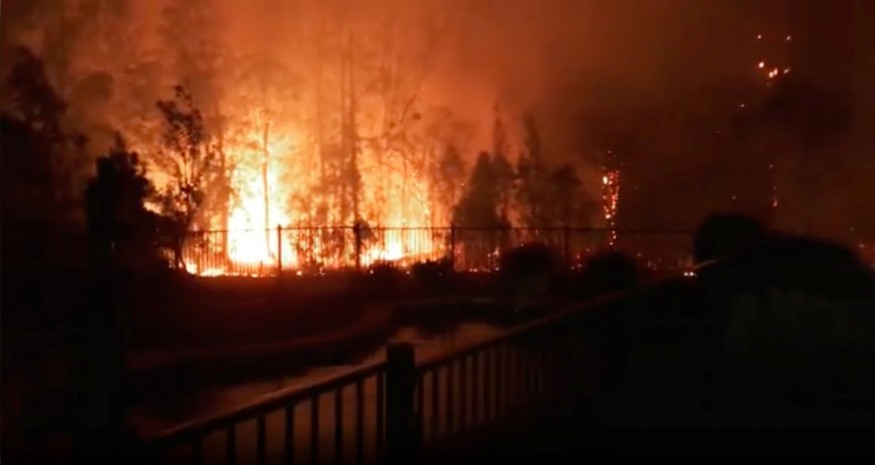
Amid the forecast of hot temperatures and strong winds that could worsen the wildfire situation in the state of New South Wales, the Australian government declared a week-long state of emergency on the east coast of the country.
As of Tuesday, the state of New South Wales (NSW) has encountered at least 60 blazes, and the horror is not ending anytime soon as the authorities warned that the weather will make it worse.
The top priorities are protecting the citizens and their properties, said State Premier Gladys Berejiklian, who issued the state of emergency on Tuesday. An evacuation order has been issued in vulnerable communities. At least 600 schools were also closed down. As of Friday, at least three people have died while more than 200 properties have been engulfed by the fire in NSW and Queensland.
The Worst Bush fire In Australia
The "extreme, severe and catastrophic" conditions in NSW are blamed on the high temperature that has peaked at 37 degrees Celsius, according to authorities. And the state should brace the predicted wind speeds that could spread the fire up to 30 km from the main fire.
At least 3,000 firefighters were working together to contain the blaze that has spanned to at least 1,000 km along the north coast of NSW, the fire chiefs reported.
Authorities claimed that this is the "most dangerous bush fire week" that Australia has faced. They also compared it to the 2009 Black Saturday bush fires in Victoria, which killed 173 people.
Firefighting crews from other states and New Zealand have joined the local crew. Australian Defense Force is prepared to assist in the crisis. As of Tuesday, South Australia has witnessed a dozen of bush fires.
Climate Change Effect?
Climate change will worsen the natural disasters, especially heat-related events like drought and bush fires, the Bureau of Meteorology reported in State of the Climate 2018.
Officials previously confirmed that the third and fourth hottest years recorded in Australia were on 2018 and 2017 respectively. This year, the state also experienced the warmest summer record. The long-term average summer temperature in Australia is 27.5 degrees Celsius, but this year has risen up by 2.14 degrees Celsius. South Australia, Victoria, and NSW suffered the most from the heat.
Aside from frequent wildfire, mass deaths of wild animals like horses, bats, and fish were reported. Many citizens were also hospitalized due to heat, and widespread power outage also occurred across Melbourne due to the increasing use of air conditioners.
David Packham, a former scientist from Commonwealth Scientific and Industrial Research Organization, said that the government should exert more effort on stopping the "most important" factor that worsens the current bush fire crisis - twigs, leaves and barks from the dead and live vegetation. Over time, it became accumulated and became the fuel of the wildfire.
While "hot, dry weather" and "low humidity" are the crucial cause of the fire, humans can only control the amount of fuels, and they are slacking on it, Packham said.
Packham also said that greenhouse gas emissions should also be controlled. Being able to do so means humans have "a lot of influence" with God to prevent lighting for a long time.
However, the United Nations reported last year that Australia's effort to cut its carbon emissions is inadequate.
© 2025 NatureWorldNews.com All rights reserved. Do not reproduce without permission.





